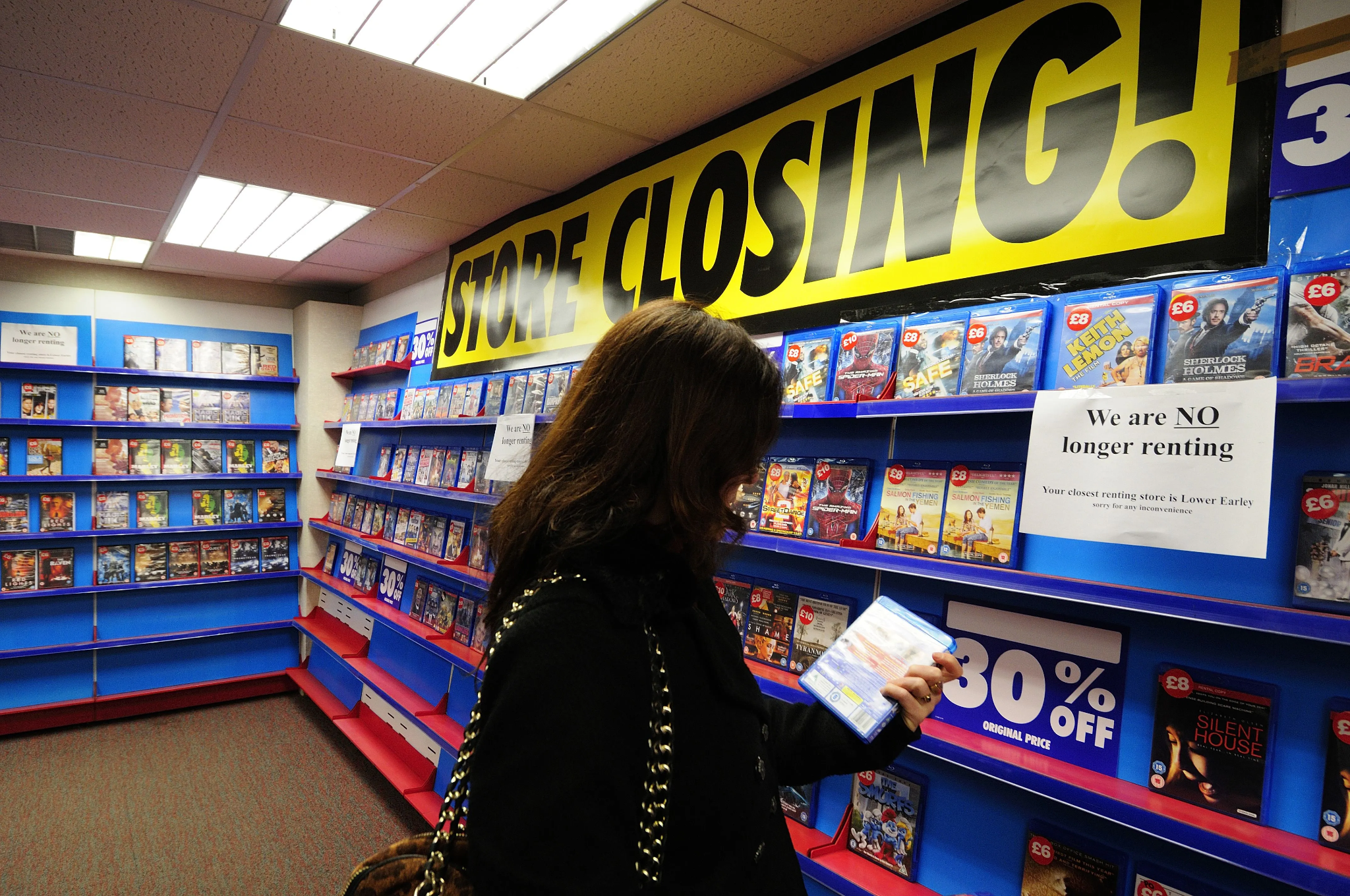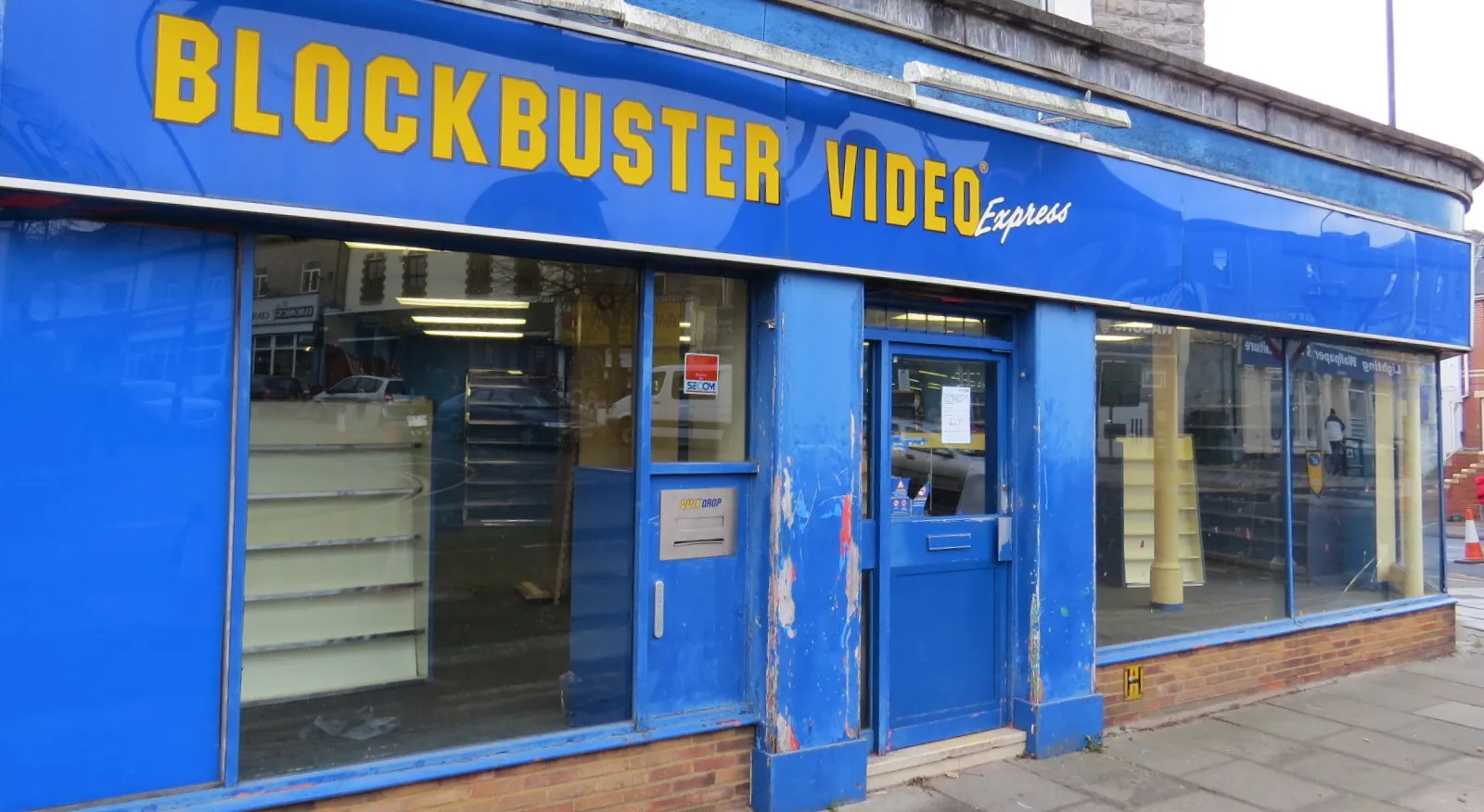Before video stores, movies were only seen in theatres, so studios were reluctant to adopt video technology and video stores for fear of revenue losses. However, the first VCRs hit the market in 1975, and the video rental store boom began shortly after.

It’s incredible to think that spools of magnetic tape, easily eroded and prone to tangling, were the preferred medium. But that was the case. The 1970s were a period of convenience, and the video cassette was no exception.
The market grew slowly because video cassettes were expensive; however, when prices dropped in the mid-1980s, the market thrived, and revenue from home video surpassed the theatrical box office income.
A generation ago, no high street or shopping district was complete without a video shop providing affordable short-term rentals for the latest blockbusters and classic movies.
Video stores first appeared in the early 1980s, rapidly gaining popularity.
There were plenty of VHS rental stores in Glasgow. The city was home to Azad Video, which grew to become Scotland’s largest video rental chain in the 1980s and 1990s.
Azad Video stores could be found all over the city, from Byres Road to Bridgeton, with one outlet even featuring notably in one of the best-known British blockbusters of the VHS era.
The Azad store at 312 Dumbarton Road served as the setting for a pivotal scene in the 1996 film Trainspotting, in which Tommy and Lizzie’s raunchy home video is inadvertently returned to the video shop in a rental box.
For a young child, wandering one of these places was a magical experience. You could spend hours browsing the stacks and stacks of colourful video cassettes on display, reading every plot summary on the back of each box.
Of course, hiring videos was not without complications.

Unless you had a friend’s recommendation, there was little to help inform your decision – and you needed to choose a good film. If you ruined family movie night by selecting a dreadful horror film or cheesy romcom, you would not hear the end of it.
Sometimes when you’d rent a movie, the picture would be completely ruined due to the previous customer’s carelessness, who most likely played it on a broken machine.
Don’t even get us started on the callous idiots who didn’t bother to rewind the tape.
You’d forget to return it on other occasions, racking up outrageously high late return fees.
There was also the risk of accidentally mixing up one of your home cassettes and returning it to the shop, as depicted in Trainspotting in particularly graphic detail.
To deal with the videotape format wars of the 1970s and 1980s, some significant retailers initially stocked both VHS and Betamax cassettes, whereas others specialised in one or the other.
During the 1980s, most stores eventually went all VHS, contributing to Beta’s demise. DVDs first appeared in video rental stores in the late 1990s.
With the increased availability of video on demand (VOD) on cable TV systems and VHS-by-mail services, consumers could watch movies without leaving their homes. However, the era of popular video stores was over with the emergence of the World Wide Web and Internet streaming services.
